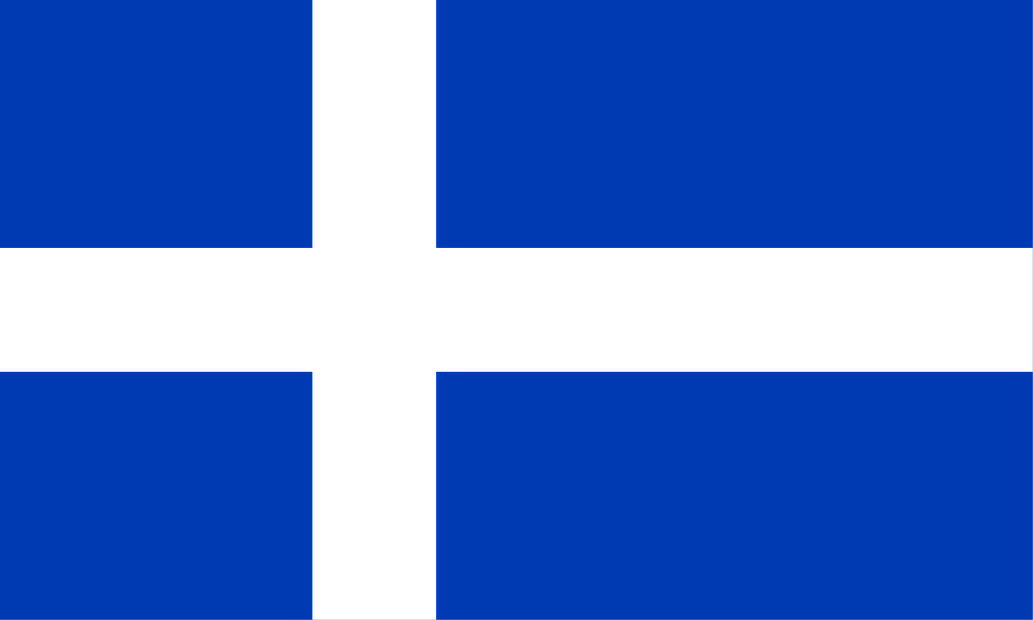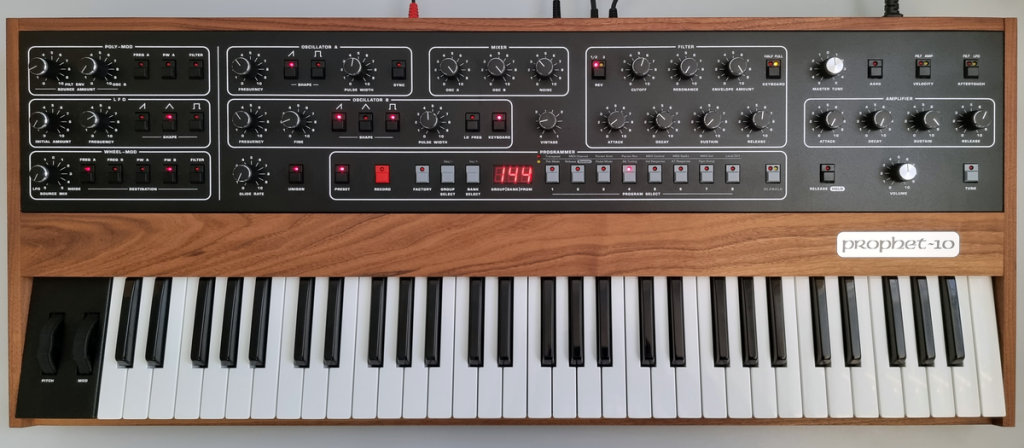
Short version: In 1994, Ukraine agreed to remove/ destroy nuclear weapons from/ in its territory, and to join the Treaty on the Non-Proliferation of Nuclear Weapons. In return, Russia, Britain and USA agreed to provide Ukraine with security assurances. All parties agreed to respect the territorial integrity of Ukraine. France and China also provided Ukraine with similar, but lesser, assurances. Despite this Russia was able to re-annex Crimea in 2014, without anything more than a murmur of discontent, and attempted to annex the entire Ukraine in 2022, which has met a more violent and, from a Russian perspective, unexpected opposition.
Long version: On 1994-12-05, four parties signed what is known as the Budapest Memorandum on Security Assurances, containing a preamble and six paragraphs. It reads as follows:
The United States of America, the Russian Federation, and the United Kingdom of Great Britain and Northern Ireland,
Welcoming the accession of Ukraine to the Treaty on the Non-Proliferation of Nuclear Weapons as non-nuclear-weapon State,
Taking into account the commitment of Ukraine to eliminate all nuclear weapons from its territory within a specified period of time,
Noting the changes in the world-wide security situation, including the end of the Cold War, which have brought about conditions for deep reductions in nuclear forces.
Confirm the following:
1. The Russian Federation, the United Kingdom of Great Britain and Northern Ireland and the United States of America reaffirm their commitment to Ukraine, in accordance with the principles of the Final Act of the Conference on Security and Cooperation in Europe, to respect the independence and sovereignty and the existing borders of Ukraine.
2. The Russian Federation, the United Kingdom of Great Britain and Northern Ireland and the United States of America reaffirm their obligation to refrain from the threat or use of force against the territorial integrity or political independence of Ukraine, and that none of their weapons will ever be used against Ukraine except in self-defence or otherwise in accordance with the Charter of the United Nations.
3. The Russian Federation, the United Kingdom of Great Britain and Northern Ireland and the United States of America reaffirm their commitment to Ukraine, in accordance with the principles of the Final Act of the Conference on Security and Cooperation in Europe, to refrain from economic coercion designed to subordinate to their own interest the exercise by Ukraine of the rights inherent in its sovereignty and thus to secure advantages of any kind.
4. The Russian Federation, the United Kingdom of Great Britain and Northern Ireland and the United States of America reaffirm their commitment to seek immediate United Nations Security Council action to provide assistance to Ukraine, as a non-nuclear-weapon State party to the Treaty on the Non-Proliferation of Nuclear Weapons, if Ukraine should become a victim of an act of aggression or an object of a threat of aggression in which nuclear weapons are used.
5. The Russian Federation, the United Kingdom of Great Britain and Northern Ireland and the United States of America reaffirm, in the case of Ukraine, their commitment not to use nuclear weapons against any non-nuclear-weapon State party to the Treaty on the Non-Proliferation of Nuclear Weapons, except in the case of an attack on themselves, their territories or dependent territories, their armed forces, or their allies, by such a State in association or alliance with a nuclear-weapon State.
6. Ukraine, the Russian Federation, the United Kingdom of Great Britain and Northern Ireland and the United States of America will consult in the event a situation arises that raises a question concerning these commitments. — Memorandum on Security Assurances in Connection with Ukraine’s Accession to the Treaty on the Non-Proliferation of Nuclear Weapons.France and China’s commitments
[End of memorandum]
France gave Ukraine assurances similar to the Budapest Memorandum, but without the provisions found in paragraphs 4 and 6.
China’s pledge is dated 1994-12-04 and reads:
The Chinese Government welcomes the decision of Ukraine to destroy all nuclear weapons on its territory, and commends the approval by the Verkhovna Rada of Ukraine on November 16 of Ukraine’s accession to the Treaty on the Non-Proliferation of Nuclear Weapons as a non-nuclear-weapon State. China fully understands the desire of Ukraine for security assurance. The Chinese Government has always maintained that under no circumstances will China use or threaten to use nuclear weapons against non-nuclear-weapon States or nuclear-weapon-free zones. This principled position also applies to Ukraine. The Chinese Government urges all other nuclear-weapon States to undertake the same commitment, so as to enhance the security of all non-nuclear-weapon States, including Ukraine.
The Chinese Government has constantly opposed the practice of exerting political, economic or other pressure in international relations. It maintains that disputes and differences should be settled peacefully through consultations on an equal footing. Abiding by the spirit of the Sino-Ukrainian joint communiqué of January 4, 1992 on the establishment of diplomatic relations, the Sino-Ukrainian joint communiqué of October 31, 1992 and the Sino-Ukrainian joint statement of September 6, 1994, China recognizes and respects the independence, sovereignty and territorial integrity of Ukraine, and stands ready to further develop friendly and cooperative Sino-Ukraine relations on the basis of the Five Principles of Peaceful Coexistence.
[End of pledge]
The above documents were brought to my attention by Alasdair McLellan. It is clear from them that Russia, UK, USA, France and China have all agreed to respect the sovereignty and territorial integrity of Ukraine. Russian propaganda claims that the country it agreed to respect is not the same as today’s nazified (their term) Ukraine, invalidating the memorandum.
Crimea has a complex history. Simplified, it was Greek from 5th century BC to 47 BC; culturally Greek, politically Roman from 47 BC to 330 AD; Byzantine from 330 AD to 1204 AD; part of the Empire of Trebizond from 1204 AD to 1461 AD; part of the independent Principality of Theodoro from 1461 AD to 1475 AD. After that there was a great deal of turmoil with various groups asserting control over parts of the region, but with the Ottoman empire generally winning out until 1774, when the Ottoman Empire was defeated by Russia’s Catherine the Great (1729 – 1796). Crimea was annexed by Russia in 1783.
On 1954-02-19, the Crimean region was transferred to the Ukrainian SSR. Sixty years later, and following the Ukrainian Revolution of Dignity = Революція гідності, (Revoliutsiia hidnosti) = Maidan Revolution, Russia re-annexed Crimea on 2014-02-21. On 2014-03-24, Canadian Prime Minister Stephen Harper at a G7 Nuclear Security Summit, at The Hague, requested a partial suspension of Russian membership from the G8 due to Russia’s breach of the Budapest Memorandum, stating that Ukraine had given up its nuclear weapons “on the basis of an explicit Russian assurance of its territorial integrity.” At that time, nothing much more happened in terms of opposition to Russia’s actions.
Eight years later on 2022-02-21 Russia officially recognised the two self-proclaimed separatist states in the Donbas, and openly sent troops into these territories. On 2022-02-24, Russia invaded Ukraine.
Consequences
At the moment the world is having to contend with a war, potentially with a duration lasting years, rather than months. There is also a threat of nuclear war, although it is difficult to know how real this threat is. It is also difficult to find out what is happening in this war due to disinformation. I find that the most valuable insights come from YouTube vlogger and Australian: Perun.
Young and not so young people are dying and being maimed on the battlefield, in relatively large numbers on both sides. War crimes are being committed. Ukrainian civilians are being killed, raped, intimidated, threatened. In addition to physical injuries there is also the trauma. People are having their possessions stolen, their homes, cultural heritage, public and commercial buildings destroyed, along with Ukraine’s infrastructure. Undoubtedly, the grain-producing fields are being poisoned with toxic chemicals from armaments. Millions of refugees are fleeing. Far too many lives are being destroyed.
In Russia, sanctions are having their effects. Basic foodstuffs are becoming increasingly difficult to find. An increasing shortage of parts are making white goods, aircraft and vehicles inoperable. There are inexplicable explosions in refineries, and other chemical plants.
Mined Black Sea ports, and a Russian imposed blockade on grain shipments, are leaving the poor of the world threatened with hunger. There are numerous sanctions being placed on Russia, by the European Union (EU), other members of the North Atlantic Treaty Organization (NATO) and others. Lithuania is now blocking goods subject to EU sanctions from using the Suwalki corridor, to Kaliningrad.
Georgia, Moldova and Ukraine have applied for membership in the EU, and the European Council has given candidate status to Moldova and Ukraine on 2022-06-23. Finland and Sweden have applied to join NATO. Both Georgia and Ukraine would like to join. The Moldova constitution states that Moldova is a neutral country, and thus it has not applied nor is eligible to apply for NATO membership.
Russia has become an unreliable provider of hydrocarbons to western countries. Fuel prices are rising. This means that other sources will have to be used. There is increased use of nuclear energy, as well as increased use of coal, especially in Germany, Austria and the Netherlands. German industrialists are worried that industry production will fall, as the country may choose to heat houses, rather than provide electrical power to factories.
Currently, there is considerable talk about inflation. In the past has been caused by increased demand. The traditional cure, increased interest rates, encourages borrowers to reduce spending, in order to pay interest on their loans. This reduces demand. Now, however, inflation is not being caused by demand side challenges, but by problems with supply. After two years of Covid, and months of war, manufacturers are not able to provide the goods and services consumers want. By increasing interest rates, governments are using the wrong medicine, unfortunately. Increased interest rates will not solve the current problem with inflation.
North American and European governments have believed that globalization, and an increase in the world’s standard of living, would result in a democratization of the world. This has not happened. Instead, North American and European countries must undertake investments in their own regions, so that they are not subject to being exploited by other regions of the world. Judicious investments in production could solve many of the inflationary problems being experienced.
On a personal level
I have now vetoed the purchase of all new Russian made products. This is expressed in this way, so that we keep the 7 x 50 binoculars, that we have owned for more than forty years.
Before this latest war, Alasdair and I had considered buying a Discovery TX-500 amateur radio covering 160 to 6 meter bands, QRP = low power (10 W). At the time, it was priced at about NOK 10 000 at its Swedish distributor. It does not appear to be available, as this post is written. It is made by the Russian company, Lab 599. Instead, I bought a Red Pitaya from Alasdair, made in Slovania, for NOK 8 000. It is a simpler and less robust radio, but offers many other features for use as an electronic instrument. This sale has allowed Alasdair to buy an Elecraft KX3 radio, made in Watsonville, California, costing in excess of NOK 20 000. While the TX-500 is a good radio, it is inferior to a KX3.
On 2020-08-20, I wrote about the Zetta CM-1 EV, and even sent an email to the Russian manufacturer about obtaining such a vehicle. No reply was received. Rest assured, there will be no Russian or even Chinese EVs purchased for this household. Any future EV will be made in Europe. In fact, it has already been ordered, but details will not be released until it arrives!
There are almost 1.4 million Canadians of Ukrainian ancestry in Canada, of which 230 000 live in British Columbia. Vancouver and Odessa have been sister cities since 1944. In addition to current Canadian Minister of Foreign Affairs, Chrystia Freeland (1968 – ), other notable Canadians of Ukrainian ancestry include: musician Randy Bachman (1943 – ); austronaut/ neurologist Robert Bondar (1945 – ); painter/ writer William Kurelek (1927 – 1977); actor Seth Rogen (1982 – ); actor William Shatner (1931 – ); superman creator Joe Shuster (1914 – 1992); model Daria Werbowy (1983 – ) and an uncountable numbers of ice hockey players, including Wayne Gretzky (1961 – ).

Holy Eucharist Cathedral, owned by the Ukrainian Catholic church is located at 501 – Fourth Avenue, New Westminster. Canada. This is a six minute/ 500 meter walk away from my childhood home, on Ash Street, although the cathedral did not exist there at that time.




